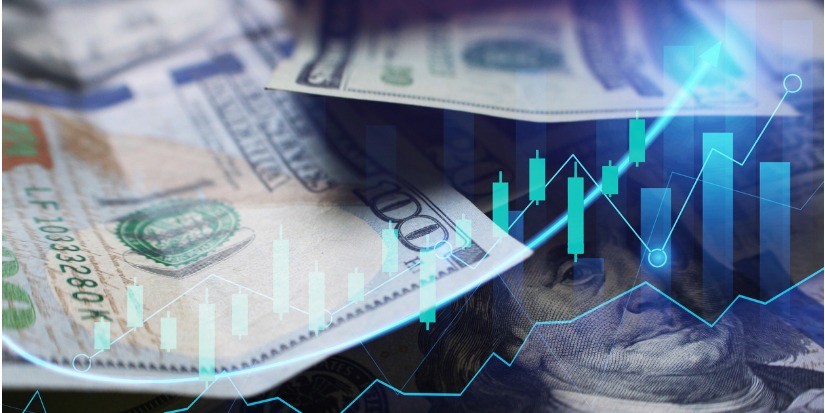
“You’re scaring me, Jared”
-
 Jared Dillian
Jared Dillian
- |
- June 23, 2022
- |
- Comments
At a hedge fund, there are two roles: the portfolio manager, who decides what to buy, and the trader, who decides when and how to buy. Though at most hedge funds, the portfolio manager micromanages this process as well, and the trader is paid half a stick a year to push buttons.
Nonetheless, hedge funds get very scientific about executing stock trades. They want to buy the absolute bottom and sell the absolute top. I’m not sure they are any good at it, over a long period of time. The hedge funds that used to pick me off when I was at Lehman did so not because they were any good at timing; it was usually because they had some other edge, like playing games with liquidity. I could tell you some stories. There were more than a few hedge funds back then whose entire business model seemed to be arbitraging the sell side. I don’t think that exists anymore.
The question is: How scientific should you get about your executions? I mean, it is fun to buy the low and sell the high, but when people do that, it is out of sheer luck. A better approach is to average in and out of positions. You have probably heard of dollar-cost averaging—same principle. You can’t possibly know what the absolute bottom will be. So, you buy some, and a few days later, you buy some more, and a few days later, you buy some more. This is inferior to buying the absolute bottom, but superior to YOLOing it and trying to pick the bottom like a cowboy—and missing it.
Unless a trade is very small, I typically average in and out of positions. I buy a stock, and if it goes up, I buy more. If it goes down, I usually don’t buy more—the market is giving me negative feedback. I buy at successively higher prices, not successively lower prices. Losers average losers, as Paul Tudor Jones used to say.
That’s not to say you shouldn’t think about timing at all. Let’s say you get an idea for buying a stock, even if it is a bad idea. Look at the chart. If it’s in the upper right-hand corner, you have to ask some hard questions. Am I the last butthead in this trade? Is all the information known?
Then again, there have been some studies showing that buying charts in the upper right-hand corner leads to above average returns—because stocks trend. And you don’t want to experience paralysis by analysis… or do what most people do: the dreaded “I am going to wait for a pullback.” What usually happens is the pullback never comes, and you end up buying the stock 10 bucks higher, and that is the top.
This is all a long way of saying that I don’t put a great deal of thought into execution. If it is a good idea, it will work out in the long run.
You’re Not Paul Tudor Jones
Everyone fancies themselves a hedge fund trader. And yes, some retail investors are very talented. Jack Schwager just came out with a book in the Market Wizards series called Unknown Market Wizards—Average Joes that made a fortune in the stock market.
I am not one of these people. I’d say I’m better than average—not many people can consistently make money day trading the S&P, like I did in the 2000s. Back in the ‘90s, when I decided I wanted to be a trader, I thought I would be the next hedge fund king. It didn’t work out that way, because I don’t have the mental makeup, and I’m not sure it’s something that can be learned.
I had a discussion with the legendary Mark Minervini recently, and I told him I get excited when I get an idea for a trade. He said, “You’re scaring me, Jared,” and told me he has no emotion about trades whatsoever. If he has a losing trade, he cuts it remorselessly. He is free from endowment effect and any other cognitive bias. Not many people are wired that way.
I get a lot of incoming email from subscribers, and a lot of them have pretty vicious cognitive biases. They will anthropomorphize a stock and think it’s out to get them. Stuff like that. The stock doesn’t care how you feel. And everyone has that sensation of hope when a position moves against them. They hope it will come back. What I do in these scenarios is teach people about binomial trees and demonstrate that the probability of it coming back is actually quite low.
Assuming you’re a long-term investor (which you should be), do not get into the weeds on execution. You could buy and sell stocks at completely random times, and it probably wouldn’t impact your performance much. It might even help.

Jared Dillian
subscribers@mauldineconomics.com

 Jared Dillian
Jared Dillian